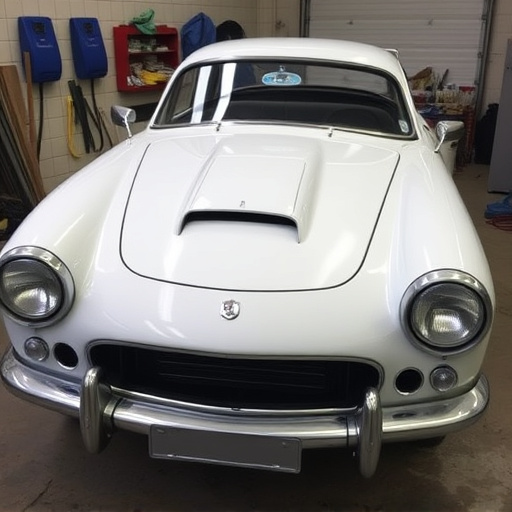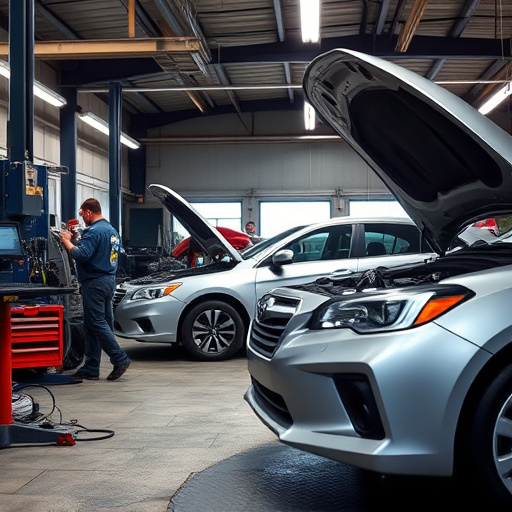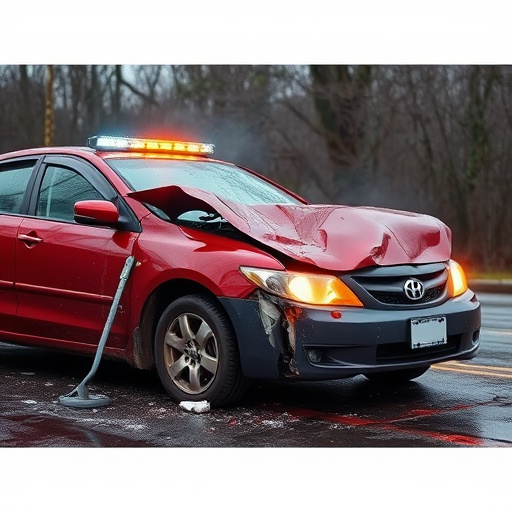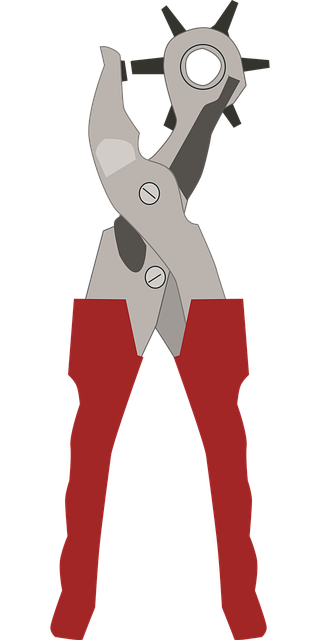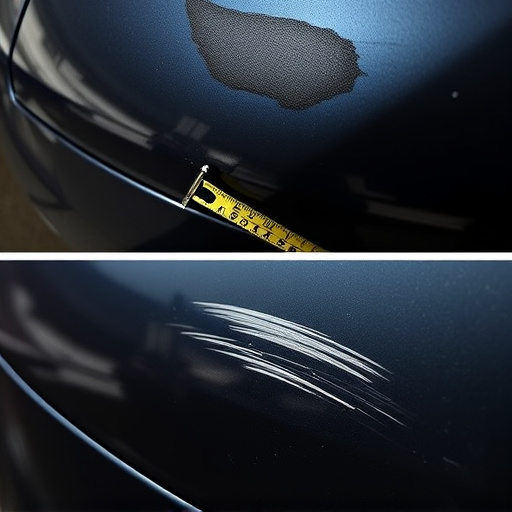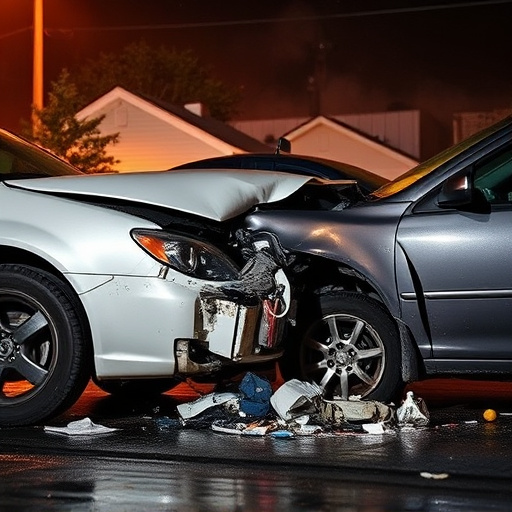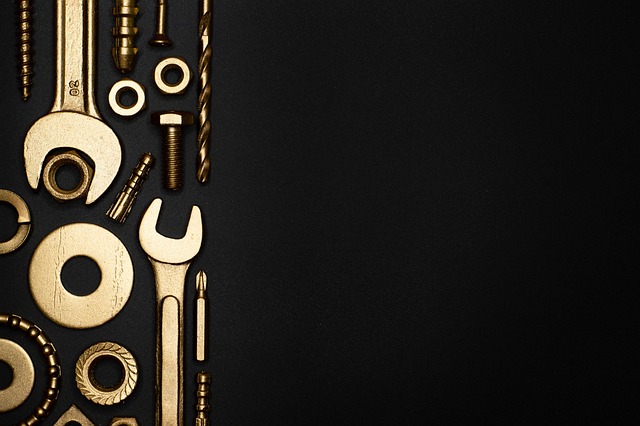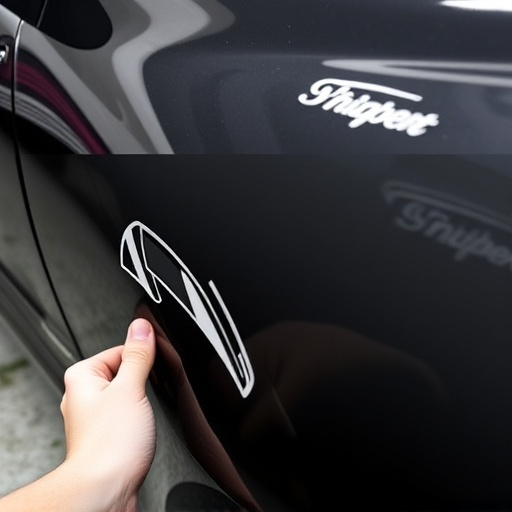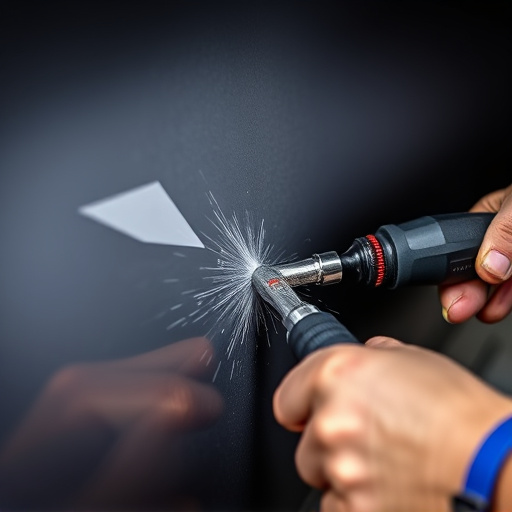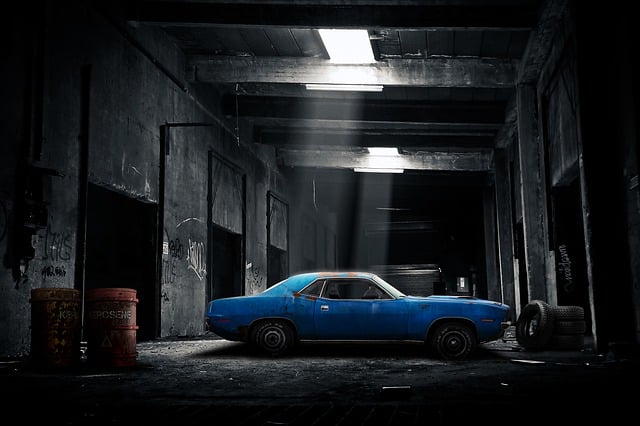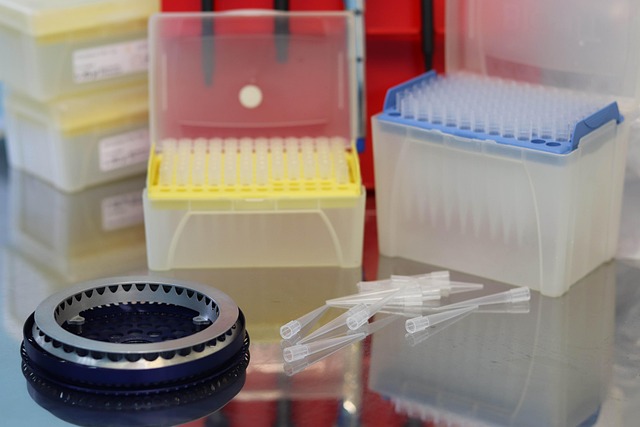Paintless Dent Repair (PDR) offers significant cost savings for both auto shops and customers compared to traditional auto body painting methods, especially for minor dents and dings. By avoiding extensive panel replacement, repainting, and labor-intensive processes, PDR reduces material waste, operational costs, and turnaround times. Its advantages include lower prices, faster repairs, minimal damage to surrounding panels, and preservation of the original factory finish, making it a popular choice in the automotive industry for high-end vehicle makes like Mercedes Benz, ultimately enhancing customer satisfaction and shop profits.
Auto shops increasingly promote PDR (Paintless Dent Repair) advantages over replacements due to its compelling economic, environmental, and practical benefits. This cost-effective method not only saves customers and businesses money but also preserves the vehicle’s original equipment, ensuring better value retention, especially for classic or collector cars. By minimizing waste and material consumption, PDR offers a sustainable solution that contributes to a greener future.
- Cost-Effectiveness: The Economic Benefits of PDR
- – Highlight the financial savings for both customers and auto shops through repair versus replacement.
- – Discuss the reduced labor costs associated with PDR and how it translates to lower overall expenses.
Cost-Effectiveness: The Economic Benefits of PDR
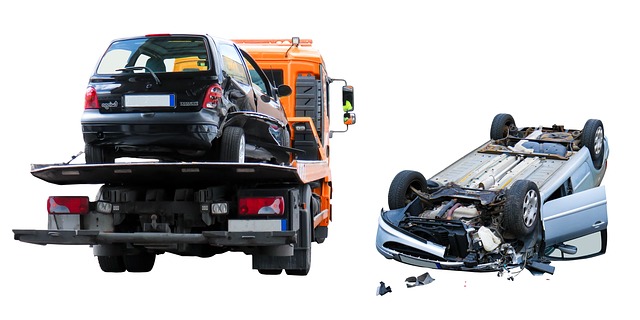
Paintless dent repair (PDR) offers a cost-effective solution for both automotive repair shops and their customers. By opting for PDR advantages over traditional replacements, car body shop owners can significantly reduce operational costs. This is primarily due to the fact that PDR is a non-invasive method, eliminating the need for extensive panel replacement and repainting. The process involves skilled technicians using specialized tools to gently press and realign dented areas, restoring the vehicle’s original appearance without damaging the surrounding panels or requiring additional materials.
Compared to traditional body shop services, PDR is more affordable because it minimizes material waste and labor costs. Customers benefit from lower repair expenses and quicker turnaround times, making PDR an attractive option for minor dents and dings. This cost-effectiveness contributes to a positive customer experience and fosters trust in the automotive repair industry, ultimately encouraging repeat business and referrals.
– Highlight the financial savings for both customers and auto shops through repair versus replacement.
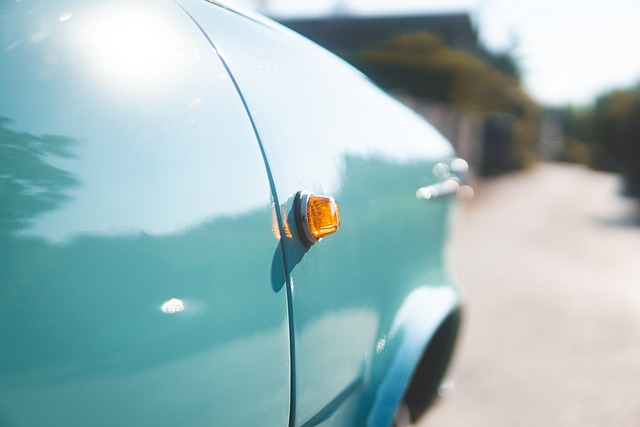
For both customers and auto shops, PDR advantages offer a compelling financial case. When a car suffers damage, opting for repairs instead of immediate replacements can significantly reduce costs. Auto body shops can charge less for PDR services, attracting price-conscious consumers. This benefits customers who save money without compromising on the vehicle’s aesthetics or structural integrity.
Moreover, auto shops can enhance their bottom line by streamlining the repair process. PDR techniques are often quicker and require fewer resources than full replacements, leading to increased efficiency and potentially higher profit margins. This financial incentive, coupled with the environmental benefits of recycling materials, makes PDR a popular choice in the automotive industry, especially for minor damages that don’t necessitate complete car body shop overhauls.
– Discuss the reduced labor costs associated with PDR and how it translates to lower overall expenses.

One of the key financial benefits of PDR (Paintless Dent Repair) over traditional auto body painting is the significant reduction in labor costs. PDR technicians use specialized tools and techniques to gently push out dents from the car’s exterior, eliminating the need for extensive sanding, priming, and repainting. This streamlined process saves considerable time and effort, directly lowering labor expenses for auto shops.
Because PDR preserves the original factory finish, it eliminates the cost of acquiring and applying new paint, a significant expense in conventional auto body painting. This results in substantial savings that can be passed on to customers, making PDR an attractive, cost-effective option for Mercedes Benz repair and other high-end vehicle makes.
Auto shops prioritize PDR (Paintless Dent Repair) over replacements due to its compelling economic benefits, such as significant cost savings for both customers and businesses. By minimizing labor costs and material expenses compared to traditional repairs or full replacements, PDR offers a more affordable solution without compromising aesthetics. This cost-effectiveness, coupled with the quick turnaround time and minimal damage to the vehicle’s surface, makes it an attractive option for drivers seeking top-notch dent repair while keeping their budgets in check.
